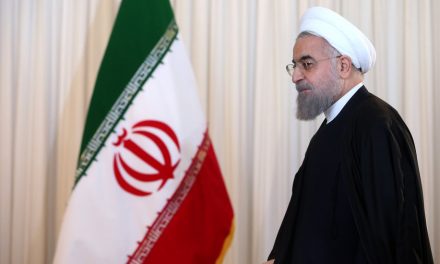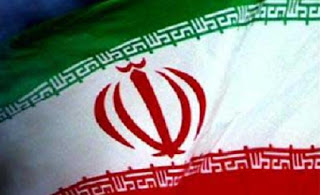By Brian O’Donovan, RTE
Turkey is one of America’s most strategically important allies but relations between the two countries are at a low point.
I recently spoke to a former State Department employee whose job it was to work on US-Turkish relations. “How are things right now?” I asked him. “Well” he said, “there have been lots of lows in recent years but right now we’re really stuck in a valley.”
He blames both sides, saying there’s a mutual history of unfulfilled promises.
Earlier this month, we saw more promises – Turkey and the US issued a joint statement and promised to work together to overcome their differences.
The statement began by reaffirming both sides commitment to each other’s security and defence. It followed weeks of high-level diplomatic meetings that were held to try to repair the damaged relations between Ankara and Washington.
At a press conference following the release of the joint statement, the US Secretary of State Rex Tillerson said that the relationship between America and Turkey had reached crisis point. But he vowed that from now on, the two countries would “lock arms”, act together and resolve the issues that have arisen.
So what are those issues? Well, let’s return to that joint statement released by the two countries because, to be honest, it reads like an itemised list of the grievances that have arisen between the sides.
It states that Turkey and the US reiterate their resolve to fight against terrorist groups including the PKK.
This addresses one of the main reasons for the falling out.
Turkey is not happy about the fact the US cooperates with the Kurdish group, the People’s Protection Unit, better known as the YPG. America has supported and armed its fighters as part of the battle against the so-called Islamic State in Syria.
Turkey claims that the YPG is linked to another Kurdish group, the aforementioned PKK, which is recognised by the US as a terrorist organisation.
Turkish President Recep Tayyip Erdogan is trying to prevent the YPG from creating an autonomous Kurdish region along the Turkish-Syrian border, recently launching an air and ground offensive there.
Turkey has also proposed extending its campaign further east where US forces are based, potentially leading to direct confrontation between the two sides.
This month’s joint statement also highlighted the fact that Turkey and the US have been “allies within NATO and strategic partners for over 65 years”.
Again this declaration is significant amid growing concerns that the Turkish government and the country’s citizens no longer hold the US and NATO in high regard.
Recent polls carried out by the Pew Research Centre show that only 18% of Turkish people have a favourable view of the US and just 23% have favourable views of NATO.
Turkey has taken actions in recent times that have worried many of its NATO allies like the country’s plans to buy advanced air defence equipment from Russia.
Another important line from that joint statement detailed how the US condemns the coup attempt that took place in Turkey in July 2016.
Now why bring up an 18-month-old coup attempt?
Well, because there is longstanding suspicion in Turkey that the US may have been behind the coup in some way.
Turkey detained US citizens, as well as some Turkish staff working for the US consulate, over suspected links to the uprising.
The man blamed by Mr Erdogan for organising the coup, Muslim Cleric Fethullah Gulen lives in America and US authorities have so far resisted repeated requests to extradite him.
Turkey is one of America’s most strategically important allies.
It is the only Muslim-majority NATO member, it has supported US military operations in key conflicts over the years and its geographical location means it straddles the divide between the West and the Middle East which means it also controls migration flows in the region.
This month’s joint statement concluded that Turkey and America had agreed a new mechanism that will be used in the future to resolve their differences.
Details are still vague on what exactly this mechanism involves but it will need to be effective if the two sides are to climb out of the valley that my State Department friend says they are stuck in.



















